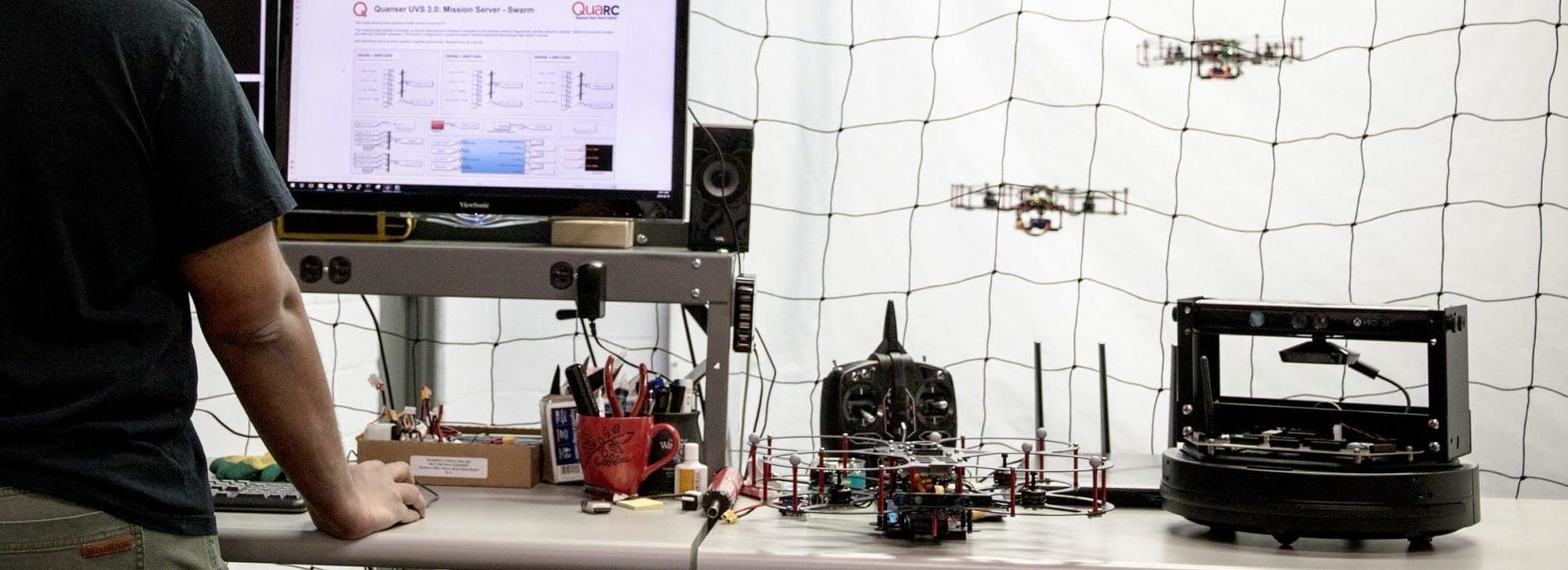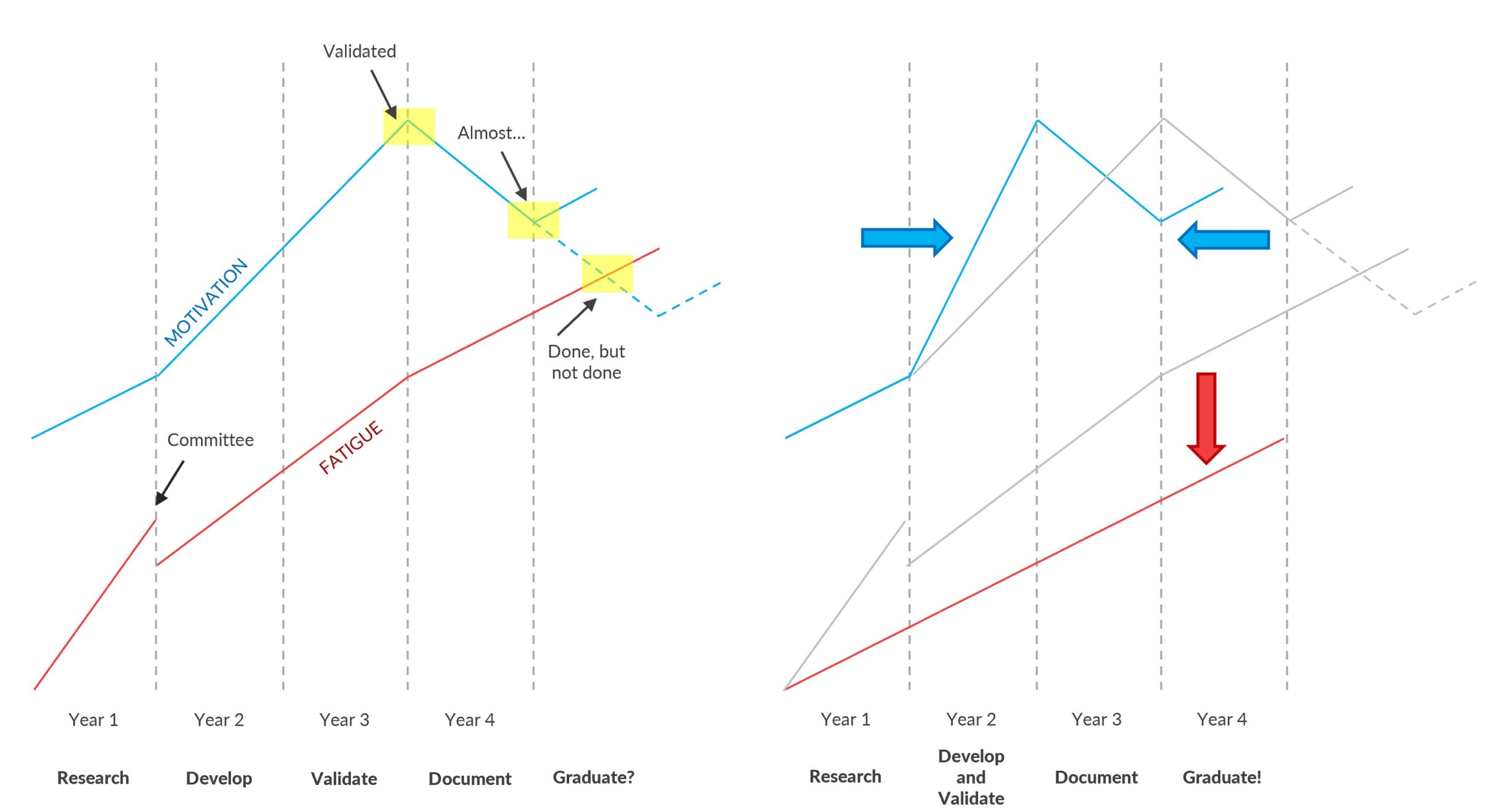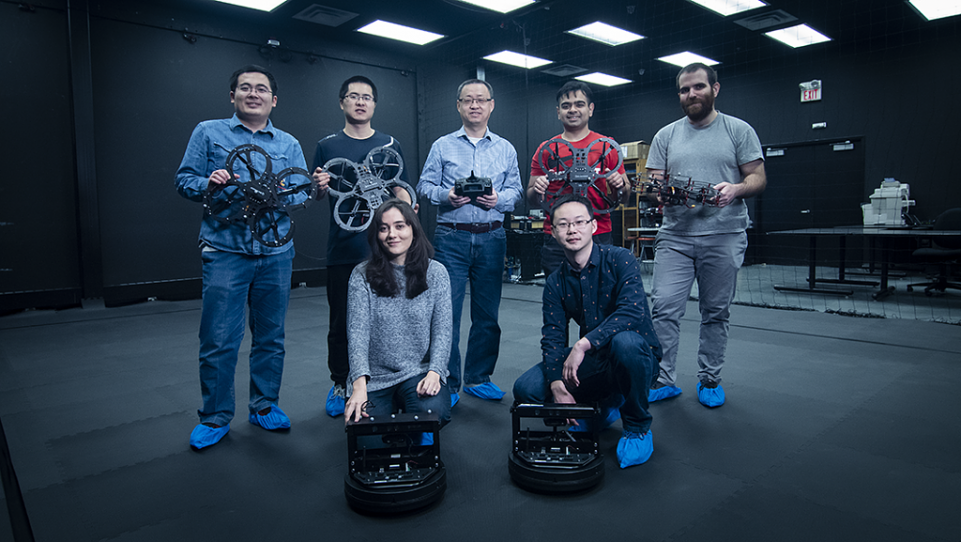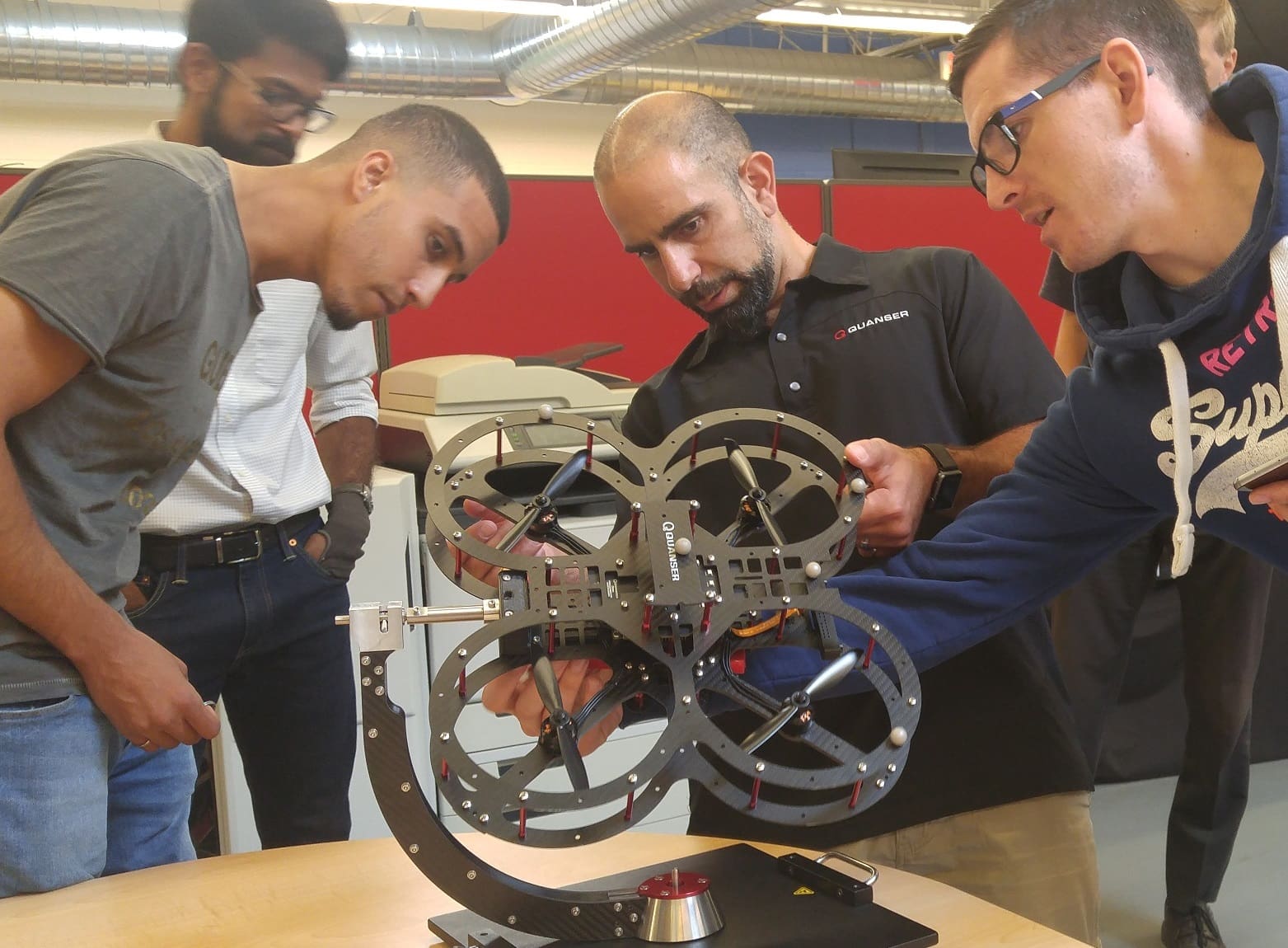
For decades we have witnessed technology that has promised to save us time. For academic researchers, we have kept that same promise for decades; to accelerate the development and validation of ambitious research through our software and hardware platforms. When we developed the Quanser Studio platforms, our concept was to save research institutions time and effort when developing and commissioning their research laboratories. The advantages were clear: more publications and a faster ROI on funding invested in successful projects and research capacity.
However, there is another key reason why accelerating the establishment of proven research systems and infrastructure can pay dividends. For many of us, that justification lies in the past.
Student Engagement
Imagine, if you will, that you are a third-year Ph.D. student. For some, life as a graduate student is a rich and rewarding experience, full of challenges and exciting insights that are instrumental in forming lifelong passions and careers. However, for some, the later years of a graduate degree can be a chaotic combination of stress, boredom, and anxiety. In both scenarios, the benefits of having a rich collection of resources, software platforms, and hardware to develop, test, and validate theories can range from valuable to instrumental in the success of research initiatives.

The image above represents that concept. On the left, you can see that the balance of student motivation and fatigue can change at several pivotal points in a research project. The most pivotal moment comes when a concept has been implemented and validated, and the documentation and publication process can begin. The other critical phase is when inevitably the project is “over,” but somehow, work continues. As the months go by in the purgatory of publications and defence, student fatigue can sometimes surpass motivation leading to burnout or even a premature departure. On the right, I’m illustrating the value of accelerating the development and validation phase to get from research to results faster and with less effort and anxiety over possible failures in core hardware and software platforms. While this does not accelerate the inevitable documentation process, it allows students to publish sooner, reducing their likelihood of losing interest and motivation.
This acceleration of the development and validation of research concepts was at the core of the “studio” concept when we began the development of the Autonomous Vehicle Research Studio (AVRS) in 2015. We wanted to find a way to deliver a turnkey research laboratory to institutions looking to create or expand their research capacities in emerging and technically challenging fields such as autonomous vehicles. Our goal was to equip researchers with the vehicles, accessories, infrastructure, devices, software, and resources they needed to get from a concept to a published paper faster. We offered a way to build a lab and validate algorithms in months instead of years through a combination of rich examples, reliable and robust hardware, and flexible and versatile software tools and frameworks.
Generations of Researchers
The other fundamental pillar of the studio offering concept was to offer core devices and platforms that could support generations of graduate projects and students. Through a combination of flexible and adaptable hardware, open-architecture software compatible with a variety of languages, and rich documentation that would continuously improve, we empowered institutions to invest in a studio with the reassurance that it would be adaptable to the changing research landscape for years to come.
A Global Community
Since the release of the AVRS Studio, we have brought the same concept of accelerated development and validation to the field of self-driving with the Self-Driving Research Studio (SDRS). The value of the studio as a core facility to build a research program and the complementary experiences the two studios have offered our customers over the past few years have allowed the community of institutions with studios to grow by leaps and bounds. This growth has provided a new pillar of the studio approach, membership in a global community of diverse researchers with a common platform. This community offers vast advantages for collaboration and mutual validation of research outcomes that not only serve to accelerate the research process yet again but also reinforce and solidify concept validation.

The Future of Studios
With the growth of the global studio community, we have continued to invest and expand the studio offerings. The expansion of resources and application areas has reinforced our pillar of continuous improvement for long-term research capacity and complement of relevant emerging technologies and applications for the studios.
Over the next few months, we will kick off a campaign to expand the existing studios and add exciting new studio offerings to the family. Starting with SDRS, we will be launching a new self-driving studio with new physical capabilities and features, as well as an expansion into teaching, virtual reality and digital-twining, and outreach resources. At the same time, we will unveil a complete redesign of the QDrone that will enhance the AVRS to bring even more potential for cutting-edge research; that’s only the beginning.
Over the past five years, we have validated our own thesis that the studio concept has significant value to institutions around the world. Leaning our studio pillars of research (and soon teaching) acceleration, multi-generational foundational infrastructure, and a rich worldwide community, we are accelerating our own efforts to research and develop new capabilities and technologies to empower generations of students as they bring theory to life.




